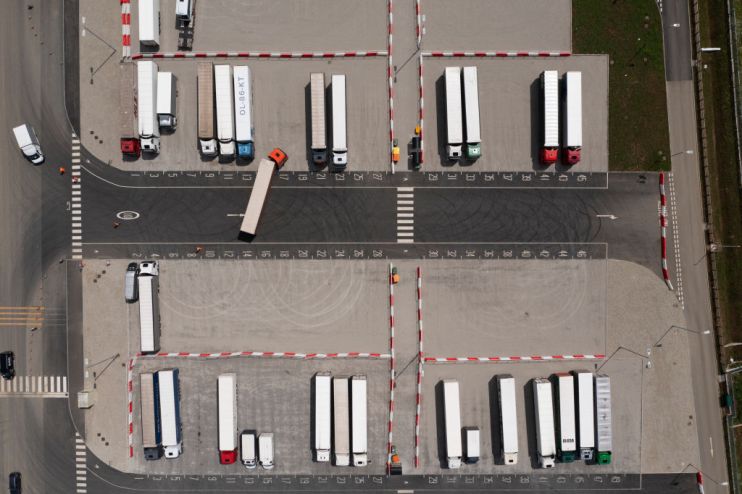HGV market accelerates while buses and coaches fall to lowest level ever

The growth of industry sectors such as construction has led to a year-on-year increase in the HGV market.
Lorry registrations increased 12.9 per cent in 2021, up from a 32.2 per cent lockdown-induced slump in 2020, according to data from the Society of Motor Manufacturers and Traders (SMMT).
As demand outran supply, 37,163 units were registered, 57.1 per cent were rigid, while 42.9 were articulated trucks. Both segments saw a significant increase, going up 11.8 and 14.4 per cent respectively on 2020 levels.
Representing a 42.1 per cent share of the market, tractors have emerged as the most popular type of HGV, while box van registrations fell slightly by 1.2 per cent.
“With so much of our economy dependant on HGVs, the market’s return to growth is good news as getting more of the latest, high tech and low emission trucks onto the roads is critical to both air quality and climate change improvements,” said SMMT’s chief executive Mike Hawes.
Fossil fuels still account for 99.8 per cent of all lorries as the development of HGV-specific green technologies is still extremely behind if compared with the passenger car market.
“Manufacturers are investing billions in such technologies, including battery electric, hydrogen and other alternative fuels but operators will need clarity, affordability and evidence on an infrastructure plan dedicated to their needs if this transition is to be delivered on time,” he added/
The data comes on the same day the SMMT reported demand for buses and coaches has dropped 16.8 per cent, the lowest level ever registered by the trade association since 1996.
Total registrations amounted to 3,467 vehicles, with only 883 in the fourth quarter, as the pandemic continues to impact ridership levels all over the country.
“The pandemic has continued to undermine the bus and coach market, with the latest figures an alarm call,” said Hawes. “The sector, and the millions of people who depend on it for essential mobility, is at a critical juncture, as Covid-19 has led to declining ridership which, in turn, has damaged demand for new fleet investments.”